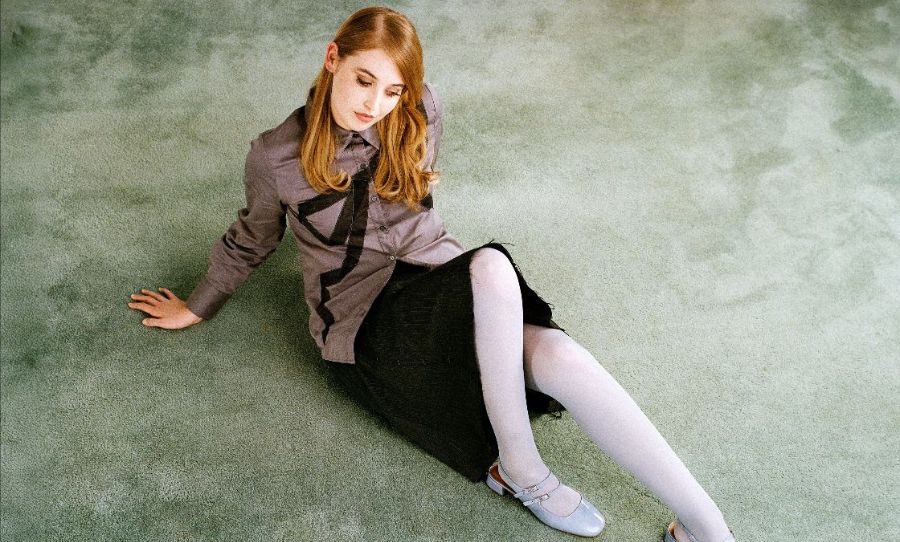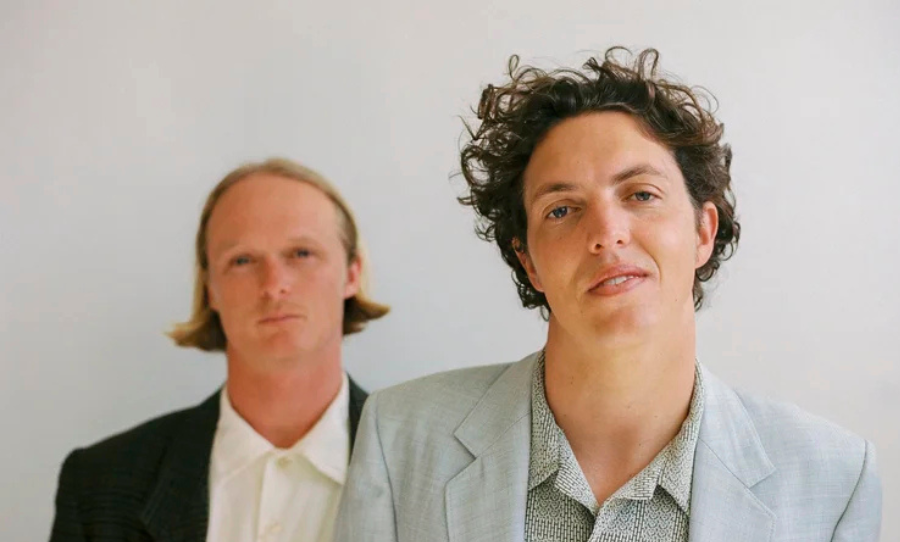We get into what makes Occasional Specatators signature sound with a tour of Rhys’s home studio.
Meet Occasional Spectators Rhys Holbrook, the mastermind behind the solo venture that took flight in 2018.
Known for instrumental tracks, Rhys now ventures into the realm of vocals, blending gritty industrial elements à la Nine Inch Nails with a dramatic alternative rock sensibility.

The result? “Break Off From The Rest Of Them,” an eerie, inspiring track. We delve into what makes Occasional Spectator’s signature sound, that he honed to a T from his home studio.
Rhys’s studio has some seriously sound essential gear: a Roland Gaia SH-01 Synthesizer, Focusrite 2i2 Scarlett Audio Interface, and an array of guitars and basses. Pro Tools anchors his production, and his trusted Nakamichi Stereo/Monitoring Speakers, though not studio-grade, offer a unique listening experience. Check out his home studio gear below and stay tuned for more.
GEAR IN MY HOME STUDIO – OCCASIONAL SPECTATORS

Roland Gaia SH-01 Synthesizer
I got this synth in 2016, and it has become an indispensable part of my music-making process since I started the Occasional Spectators project.
At the time when I got it, I really wanted to see what it was like playing an actual synth that has the all the tactile features that you can’t really experience in a plug-in.
The onboard preset sounds are great, and you can really spend ages just tweaking a sound and recording parts as a proper live sort of take.
The oscillator function is very responsive, and it’s awesome that you can switch between different waves too.
The synth also works brilliantly as a MIDI controller as well, and that’s what I’ve been using it for mostly nowadays.
Playing drum parts or any kind of digital instrument through it is really fun. A workhorse of a synth.

Focusrite 2i2 Scarlett Audio Interface
I started using this interface at the end of 2017, during my first year of audio engineering studies at JMC Academy in Sydney, and it was packaged as a bundle with a Focusrite condenser microphone and headphones that I made use of a lot as I began to record vocals.
It’s just a great and simple interface that sounds good, and after years of use and a little wear and tear, it still works perfectly.
The gain knobs work very well, and connecting it to my monitor setup was super straightforward.

Assorted Guitars/Basses: (Fender Squier Telecaster, Gretsch Junior Jet Streamliner, Ibanez AGB260 Hollowbody, Ashton AB4DF, and Fender FA-115 Dreadnought)
These guitars are what I use whenever I need to record a guitar or bass part for a track. I picked up my Telecaster at the end of 2016, and it was my primary guitar for writing/recording for a long while until 2020, when I started to see what else was out there guitar-wise.
The Gretsch Streamliner’s full and humbucker-based sound is awesome, and it’s a cool contrast compared to the Telecaster, which is a lot more wiry and thin.
I often switch back and forth between the two when I’m recording, just to get varied tones. I used the Fender FA-115 acoustic extensively during the making of Beauty Lies in Pressing On, a record I released in June, and that was a fun switch-up because I’d been focused for so long on just playing electric.
For me, writing songs acoustically is a good challenge as it gets me to try and just focus on the chords and melodies as they are, without any added production elements or synthetic parts to bolster the track.

Pro Tools and Various Plug-Ins
Pro Tools has been my primary DAW since 2017 when I started to learn how to use it in classes at JMC Academy. It was a bit confusing and daunting at first, since I’d only been familiar with GarageBand for years, but it wasn’t long until I started to get used to how it worked.
For what I do songwriting and production-wise, it fits my working method perfectly now. There’s also plug-ins and programs within Pro Tools that I use regularly. These include Guitar Rig 6 from Native Instruments, which is a lot more convenient to use than mic’ing up a loud amp in my cramped studio.
It’s really easy to operate and there’s just so many sonic possibilities once you start to explore the effects and different amp emulation options.
It may not have the ultra reactive sound of an actual amp, but for how guitar fits in my songwriting, it works quite well. Xpand!2 from AIR is a virtual instrument collection I’ve used since the very start of the Occasional Spectators project, and the wide array of synth and drum sounds that you can layer together in four slots in a multi-timbral fashion makes it easy to become inspired.
Addictive Drums 2 from XLN Audio is another mainstay plug-in for me as well. Until I can find a real drum kit and get it all mic’d up, AD2 does a pretty cool job of having all of these natural drum kits ready to play through with MIDI.
I’ll make use of it when I’m working on something that has a lot of heavy rock-based guitars. Switching through and editing the different drum components is fun as well, getting the right snare sound for a song is something I always focus on.
All of these elements run on my MacBook laptop.

Rode NT1-A and Focusrite Scarlett Condenser Mics
These are my two go-to vocal microphones. I used the Focusrite mic initially for a long time and had no problems with it, it’s just really cool and durable.
I switched over to the Rode a few years ago, and its clarity and crispness is super noticeable.

Nakamichi Stereo/Monitoring Speakers
I’ve had this stereo setup for about 10 years, and I’ve once I started using it for monitoring purposes instead of relying on
headphones, it opened up a new world in terms of working on my mixing and listening to different elements. I don’t think they’re proper studio-quality monitors, but they work really well for what I do!
Listening to projects in that speaker sort of environment just allows me to hear the bigger spectrum of every sound I’m putting together.



